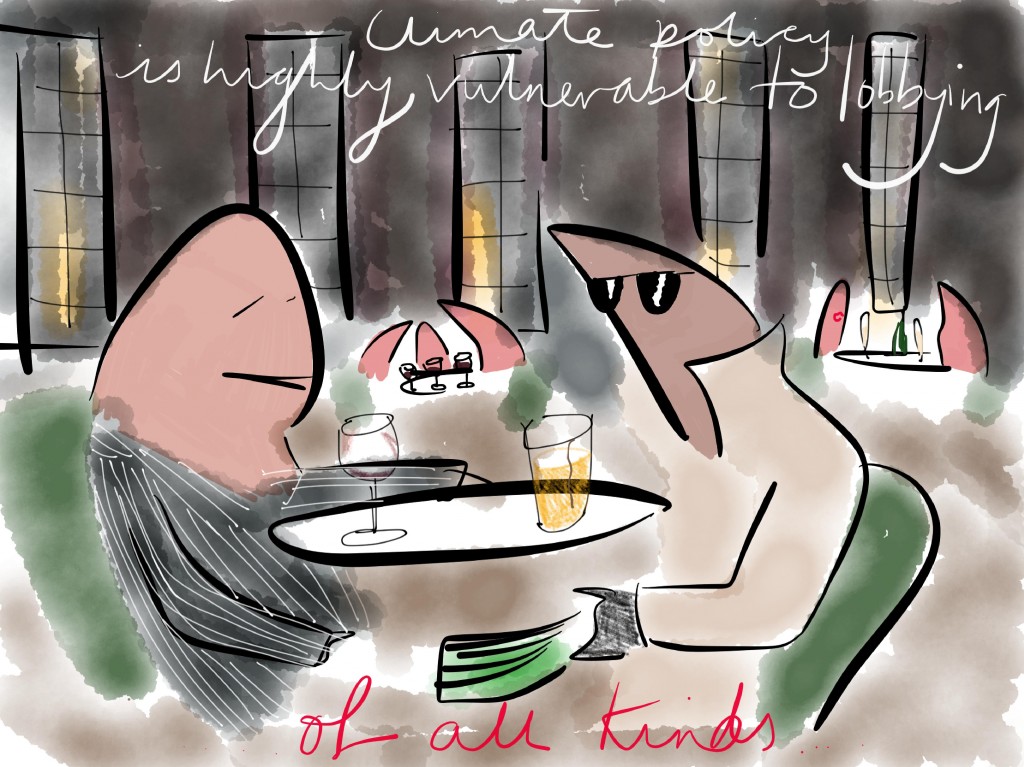EU policy makers have wasted a lot of time because of their fixation with investment as opposed to operations. Sadly the 2030 energy paper does nothing to change this, it just continues the focus on investors.
The EU ETS Directive starts by saying that the EU ETS is established “in order to promote reductions of greenhouse gas emissions in a cost-effective and economically efficient manner”. Despite this goal being expressed in a way that is agnostic to how emissions would be reduced, in practice EU people insist that the goal of the scheme is to promote investment in low carbon technology. By doing that, they create a rod for their own back.
Investment decisions don’t affect emissions today, since investment decisions made today will not come to fruition for many years. But if you look at it more rigorously, investment decisions themselves don’t affect emissions any time. The mere fact of investing is not the key thing, because you could invest in your plant but not operate it.
The key thing is the decision to operate, since it is only by operating an industrial facility that significant emissions occur. To cut emissions you have to ensure that economic circumstances are not favourable for operating carbon intensive facilities.
Thus the key task of an emissions trading scheme is not so much to make investment in high carbon technologies unappealing but to make the operation of these technologies unappealing. If the operation is unappealing – now and in the future – then it follows directly that investment in them will also be unappealing.
A lot of the debate on the state of the carbon market circles around the low price and whether the low price affects investment decisions or not. Purists say that the low price today does not affect investment decisions about facilities which will exist in the future; pragmatists say that the decision-makers still look, practically, at today’s carbon price to gauge the viability of a facility which will operate for the next thirty years.
While they all debate about investment decisions, operators of coal-fired plant today are cheerfully stoking up the furnace because coal is cheap compared to gas. The result of this is that emissions are rising again.
Climate change policy makers should talk more about the need to influence operating decisions, not just investment decisions. The one is no more interventionist than the other. They could and should interpret the purpose of the EU ETS to be as much about low carbon operations as about low carbon investment. If they framed discussion about the EU ETS in this way, they would have more ammunition for intervening into the EU ETS during Phase 3. As a result opposition to back-loading and other forms of intervention would be less compelling.




